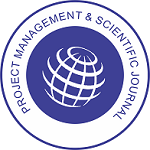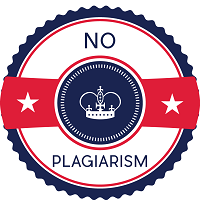Author: Jinxing Cheng
Department of Civil and Environmental engineering
Stanford University
Abstract
As computer programs become ever more complex, software development has shifted from focusing on programming towards focusing on integration. This trend is also seen in the design and construction industry, where there is an increasing need to integrate and reuse commercial software tools. Although many software applications (e.g., Microsoft Project, Microsoft Excel, the Primavera Project Planner, and AutoCAD) are commonly available for construction engineering and project management, it remains a laborious process to integrate and coordinate these tools to work together and to support decision making. To name a few, the sheer volume and complexity of the tools and the information generated by them, their scattered distribution, and the lack of interoperability are among the challenges in integrating, coordinating, and reusing these tools. This thesis first discusses the potential applications of the Process Specification Language (PSL) for project management applications. Initiated by the National Institute of Standards and Technology (NIST), PSL is emerging as a standard exchange language for process information in the manufacturing industry. This thesis discusses how PSL can be used for exchanging information among project management software applications in the construction industry. The potential applications of PSL in consistency checking and constraint scheduling are also explored. Specifically, a formal mechanism is proposed to perform consistency checking on project information from different computer tools. Furthermore, the use of PSL for checking conformity of project schedules to scheduling constraints is illustrated. This thesis presents a simulation access language (SimAL) and framework for project management applications. The SimAL language and framework integrate legacy project management applications, coordinate different tools, manage the information flow among them, and bring their functionalities online. The prototype of the SimAL framework has been implemented based on PSL for data exchange and a flow-based software composition infrastructure for software integration. Using the prototype, users can simulate scenarios and build up new services from the existing tools. The potential applications of the SimAL language and framework are demonstrated using three illustrative examples. This first example illustrates the use of SimAL to incorporate online information in project management. The second example illustrates how to use SimAL to compare different scenarios in project management. The third example demonstrates how to extend the functions of legacy software applications (e.g., AutoCAD ADT and the Primavera Project Planner) by integrating them to provide new services. Finally, this thesis presents a question answering system to query the information in different project management applications. A prototype question answering system has been built and tested to illustrate the potential usefulness of such a system for project management applications.
Keywords: Simulation Access Language, Project Management

